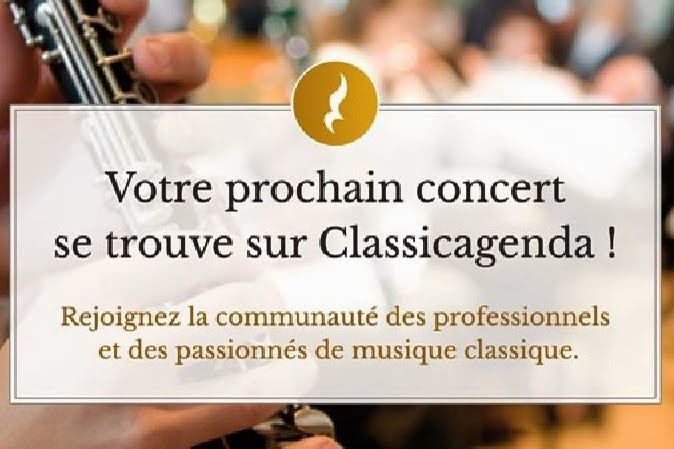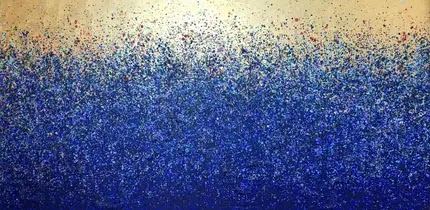On my
previous blog, I made a few posts about the “Wallace Fountains”. They were
originally, in 1872, created, donated, by a wealthy Englishman, Richard
Wallace, who also donated for hospitals, ambulances….
Originally there seems to
have been some 50 fountains (you can then read the year “1872” on them). More fountains
were created later and nowadays you can count around 95 of the bigger model,
the one we mostly recognize, but there are also a number of smaller,
simplified, ones. When they were created most houses had of course no running
drinking water and these fountains were definitely of great social value. Today, they
still supply pure drinkable water (except during the coldest months). When you
walk around Paris a warm day and if you have a little bottle or a cup, fill it
up!
The
fountains should normally be painted in green, to fit into the landscape;
you find them mostly close to some green space. They suffer of course now and
then from taggers, but there are at least four Wallace fountains in Paris,
which have been repainted in a more official way, probably somehow for fun and
possibly not forever. I spotted them.
The first one I show can be found on the ground of the Porte-de-Versailles exposition area.
A second
red one can be found in one of the China Town districts, Avenue d’Ivry. (See
previous post about what the street looks like when the Chinese New Year is
celebrated.)
Close to
the Bibliothèque François Mitterrand (see previous post), you can find a third
one, more or less pink.
The last, fourth one, yellow, is not far from there, just outside a large building which
used to be an old flour-mill and store but now is occupied by the Paris University
(Paris VII-Denis Diderot). It seems that the previous ones have escaped from
tagging, but not this one (see also top picture).






































































